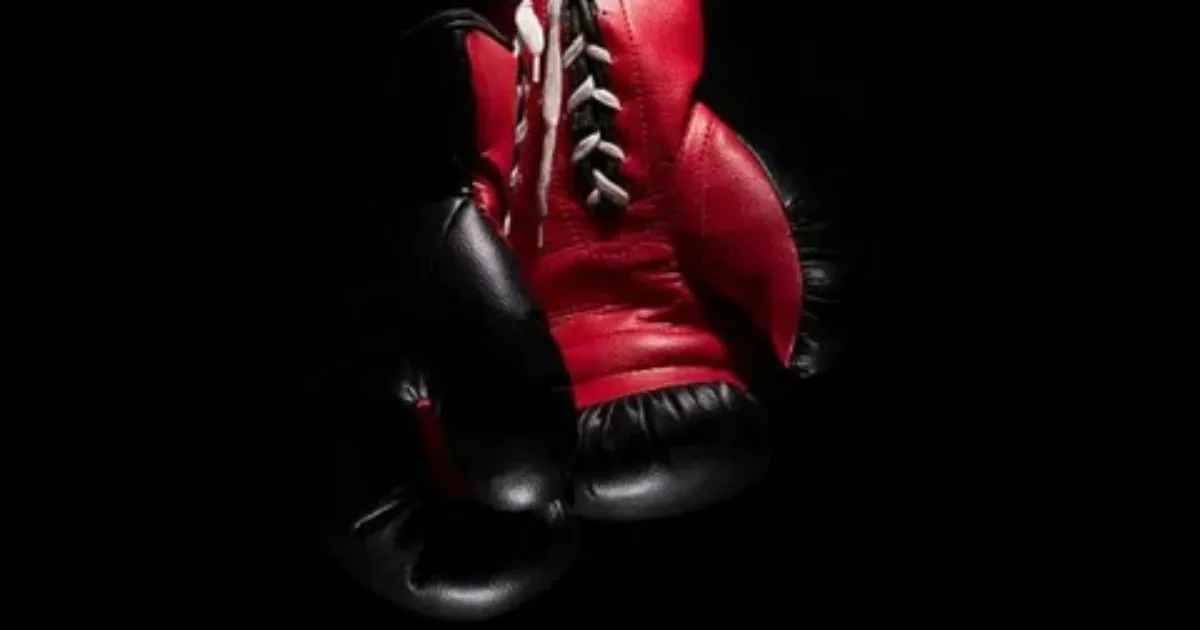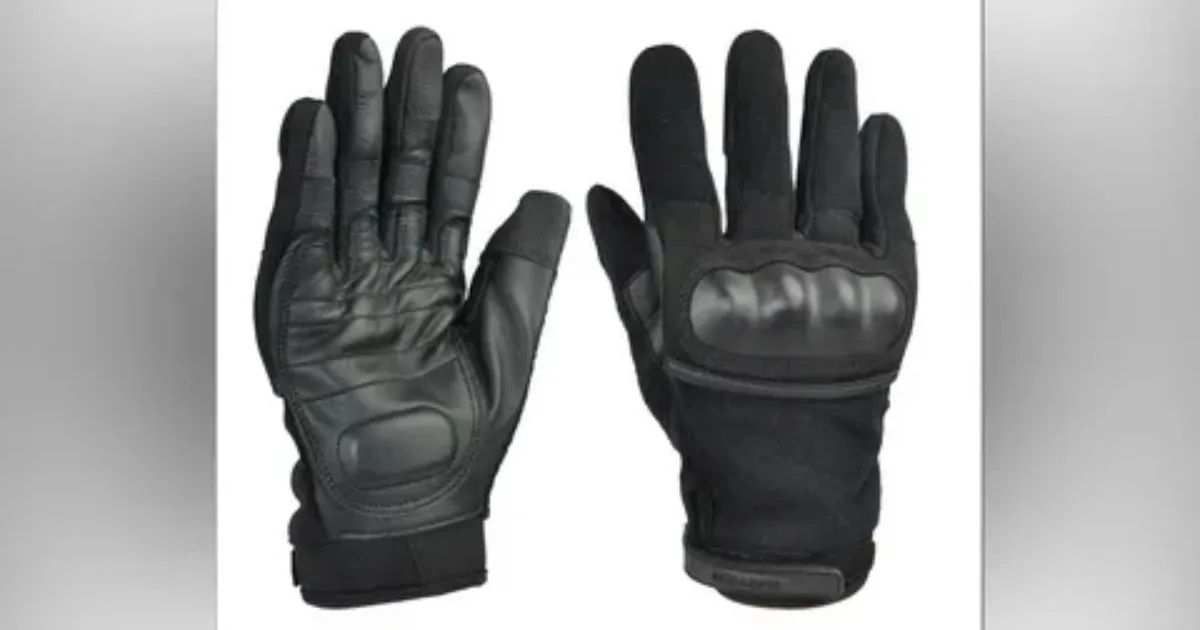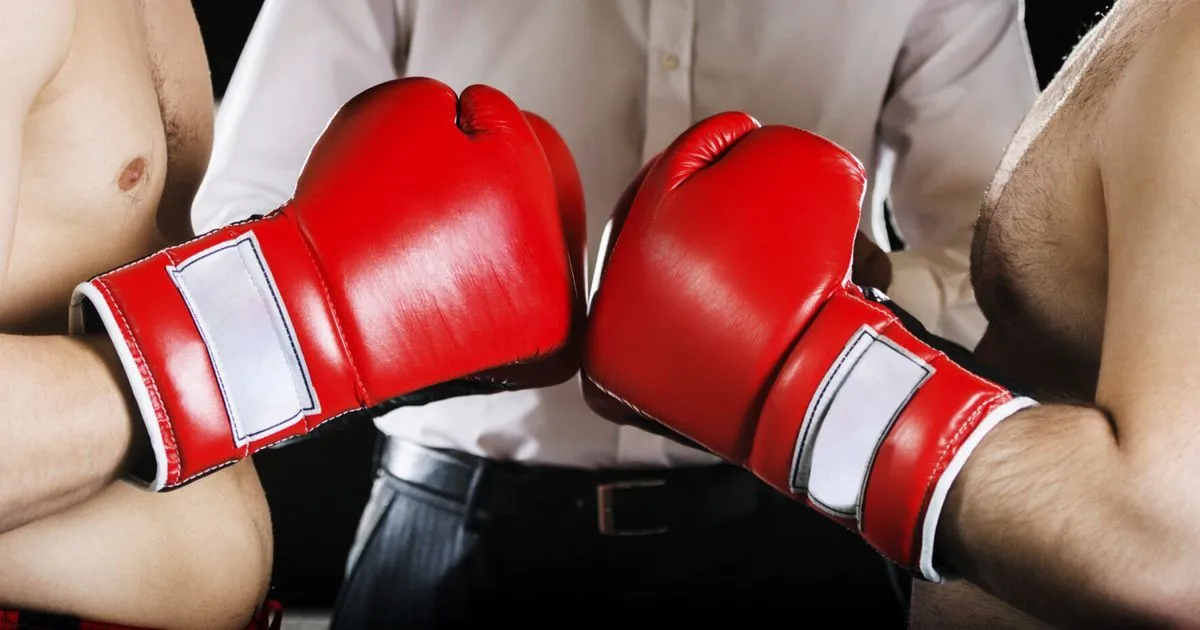The sound of the boxing bell echoes through the arena as two combatants step into the hoop, gloves raised and eyes locked. These padded mitts What Is The Weight Of Boxing Gloves? with set weights for one of a kind stages from newbie to expert. But what determines the weight of boxing gloves?
The answer lies in both safety and strategy. Boxing gloves generally range from 8 ounces for amateur fighters up to 12 or even 16+ ounces for seasoned professionals. Heavier gloves provide more cushioning and reduce the force of blows, minimizing cuts and injuries. However, they also tire out arms more quickly.
When selecting gloves, boxers must find the ideal balance of protection and maneuverability for their skill level. Professionals accustomed to battering assaults may opt for dense 14oz gloves, while novices learning proper technique often start with more forgiving 10-12oz. Checking official regulations helps guide these choices.
The Role of Boxing Gloves

Boxing gloves are worn in the course of education and in the ring to shield the hands and decrease accidents. They cushion blows and soak up impact that could in any other case wreck small bones within the hand. Boxing gloves are mandatory safety gear required for sanctioned bouts.
The amount of padding and weight of gloves affects safety as well as strategy. When deciding what boxing gloves I need, factors like hand and head protection versus strike speed come into play. Heavier Boxing Gloves Do I Need with more padding protect hands and heads, while lighter gloves allow faster strikes.
Weight Classes in Boxing
Boxing divides fighters into weight classes to ensure fair matchups. Smaller fighters are at higher risk facing much larger opponents. Matching up boxers of similar weight promotes even bouts based more on skill than size and strength alone.
The weight of boxing gloves may vary slightly based on the fighter’s weight class too. Generally lighter gloves are used for lighter weight classes, increasing a bit with each class up for sufficient protection.
Safety Considerations
The padding in quality boxing gloves protects against repeated trauma to hands, wrists and heads over time. Poorly padded gloves can lead to fractures in small bones and other injuries during intense training and matches.
Mandated glove weights per class ensure a baseline level of safety for the brain, promoting the longevity of boxer’s careers. Minimum weights cushion blows to reduce cuts and some forms of head trauma.
Lighter vs. Heavier Gloves
Lighter gloves in the 8-10 ounce range give fighters more speed and control for landing punches and combinations. However, they provide less padding for protection, especially for young amateurs.
Heavier 12-16+ ounce training and competition gloves have extensive padding to absorb shock. They reduce hand and head injuries, but cause fighters’ arms to fatigue faster due to more weight.
Proper Training Gloves
Using the proper glove weight while training ensures boxers learn with suitable protection and get used to the expected weight. Training gloves are designed to withstand repeated daily use for bag work, sparring sessions and mitt work.
The weight should match planned competition gloves for the fighter’s class. Training in significantly lighter or heavier gloves can negatively impact performance or safety when fighting with regulation gear.
Official Bout Gloves

Athletic commissions mandate official certified boxing gloves for all sanctioned competition bouts. They verify quality construction, workmanship and padding for necessary safety precautions.
The mandated glove weight depends on the fighters’ weight classes, generally ranging from 8-10 ounces up to 12-16+ ounces on average. Exact weights differ between governing bodies.
Padding and Construction Standards
Official rules dictate the materials, structure, and padding required in regulation boxing gloves. Multiple foam layers absorb shock, over firm padding on the knuckles and reinforced stitching.
Glove palms and thumb pads limit damage when strikes land. All boxing gloves must adhere to safety standards and get inspected before every professional match.
Selecting the Right Weight
Choosing the best glove weight depends on intended use, experience level, fighting style, hand size and more. General guidelines help narrow suitable weights, but personal preference comes into play.
Try gloves on at various weights to assess comfort, flexibility and movement. Evaluating protection, speed and stamina impact helps determine optimal ounces suited to each boxer’s needs.
Amateur vs. Professional Weights
Amateur boxers often use 10-12 ounce or 16 ounce gloves for added protection with headgear. Youth and beginners may start with foam 14-16 ounce gloves focusing more on skills than impact.
Professionals use gloves weighing between 8-10 ounces up to 12 ounces to balance safety and allow proper punching technique. More experienced veterans may choose heavier weights that suit their style.
Checking Athletic Commission Rules
Official athletic commissions publish formal rules on glove weights required for different experience levels and bouts. Checking state or national commission websites prevents showing up with unsuitable gloves.
While some universal standards exist, glove rules still vary between overseeing bodies regarding exact ounces for amateurs, pros, training and matches. Research is key.
Finding the Ideal Balance
Boxers and trainers must find the right balance between punching speed/control and sufficient padding for their skill level when selecting glove weights. Some key factors that help determine ideal balance are hand size, injury history, age, experience, fitness levels and more. Trying out different glove weights while training helps boxers determine personal preferences in finding the best balance of attributes for their needs.
Customizing Based on Skill Level

Beginners require more padding and protection to learn proper technique safely before progressing to approved competition gloves. Children and amateurs may use 14-16 ounce bags gloves or kit gloves focused on defense.
As defensive skills improve, boxers can custom select approved gloves offering the ideal balance of protection and dexterity for their abilities. Novices should not use pro weights lacking enough padding early on.
FAQs
How heavy were Mike Tyson’s boxing gloves?
Mike Tyson’s boxing gloves have been generally 12-14 oz whilst competing as a expert heavyweight boxer.
Can I spar with 12 oz gloves?
Yes, you can spar with 12 oz boxing gloves.
Can I use 10 oz gloves on a punch bag?
Yes, you can use 10 oz gloves on a punch bag.
Can I train with 8oz gloves?
No, you ought to not train with 8oz gloves as they lack enough padding for bag paintings and training.
Conclusion
The weights of boxing gloves play an integral role in the sport of boxing. They affect everything from safety precautions to fight strategies in the ring. Most boxing gloves range from 8 ounces to 16+ ounces, with standardized weight classes and regulations guiding their use at different skill levels. Lighter gloves promote offense while heavier gloves provide protection.
What Is The Weight Of Boxing Gloves? is determined by many factors. Boxers must consider their experience, fighting style, hand size and athletic commission rules when selecting gloves for training or competition. Finding the right fit provides an optimal balance of speed, conditioning and padding for both performance and safety. With the right pair of quality gloves suited specifically to their needs, fighters can continue honing their skills and facing off against worthy opponents.

Leave a Reply